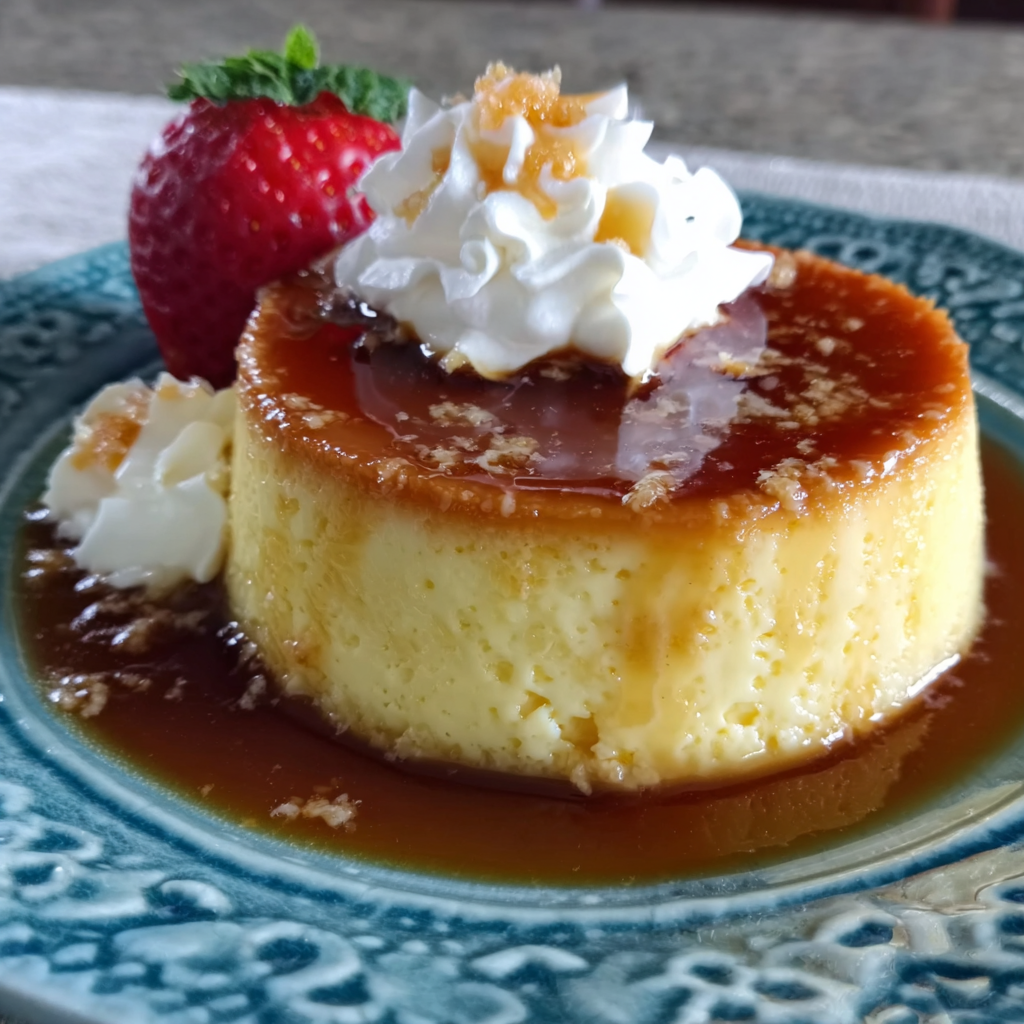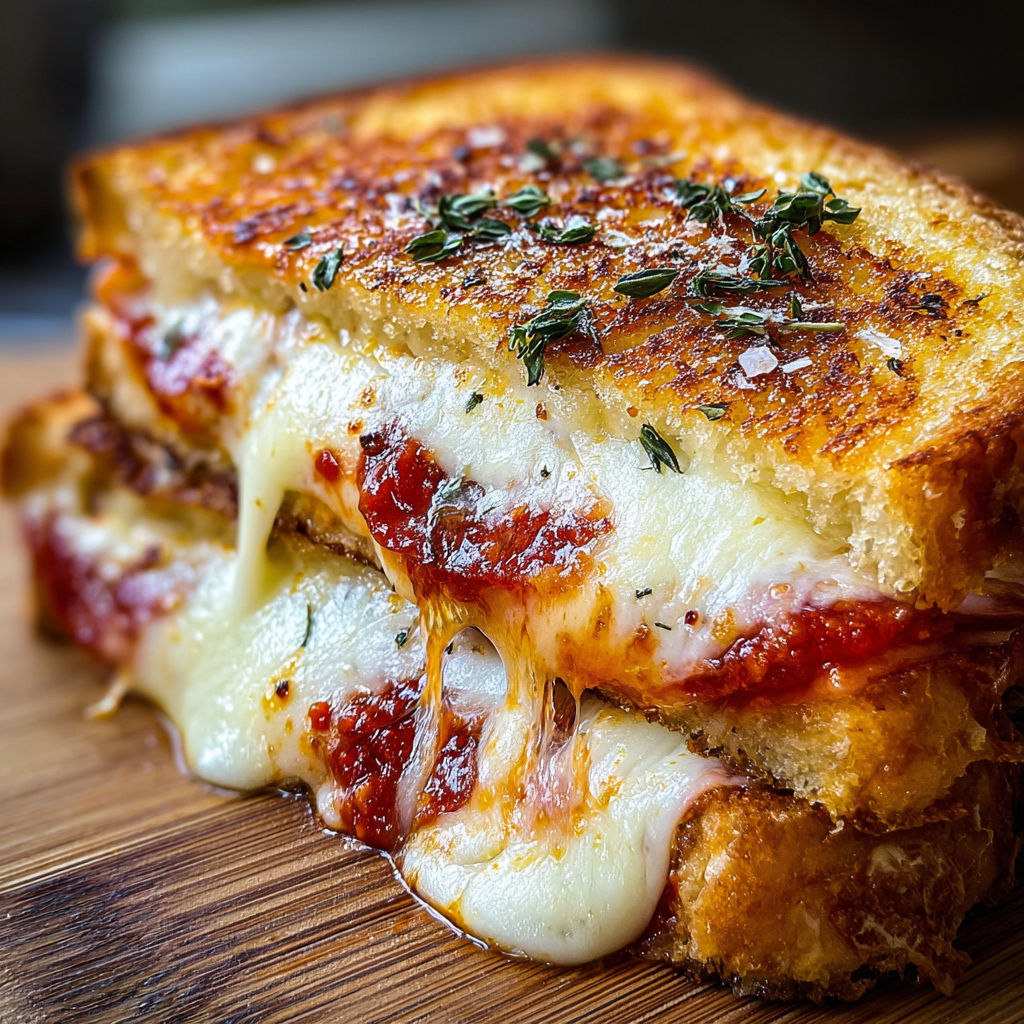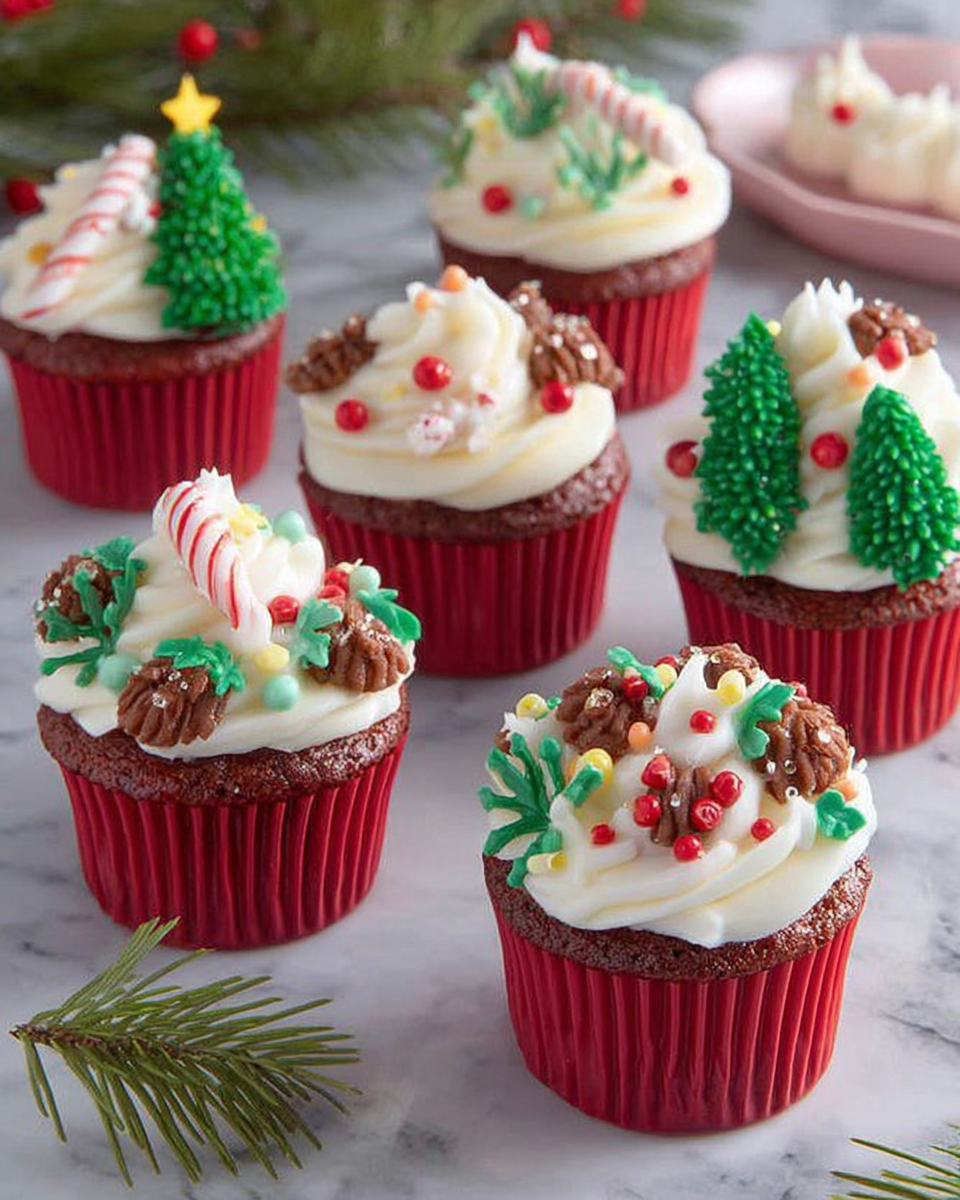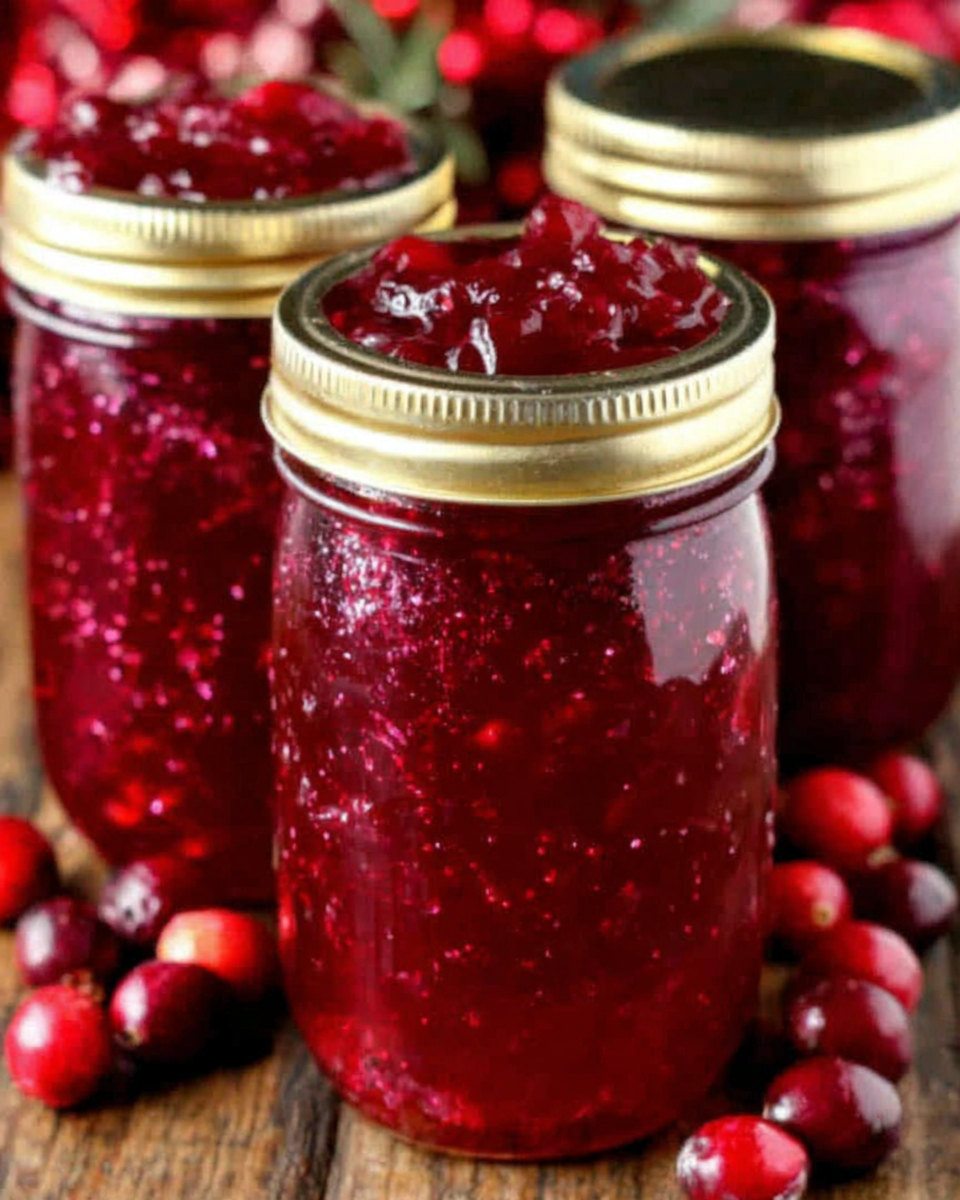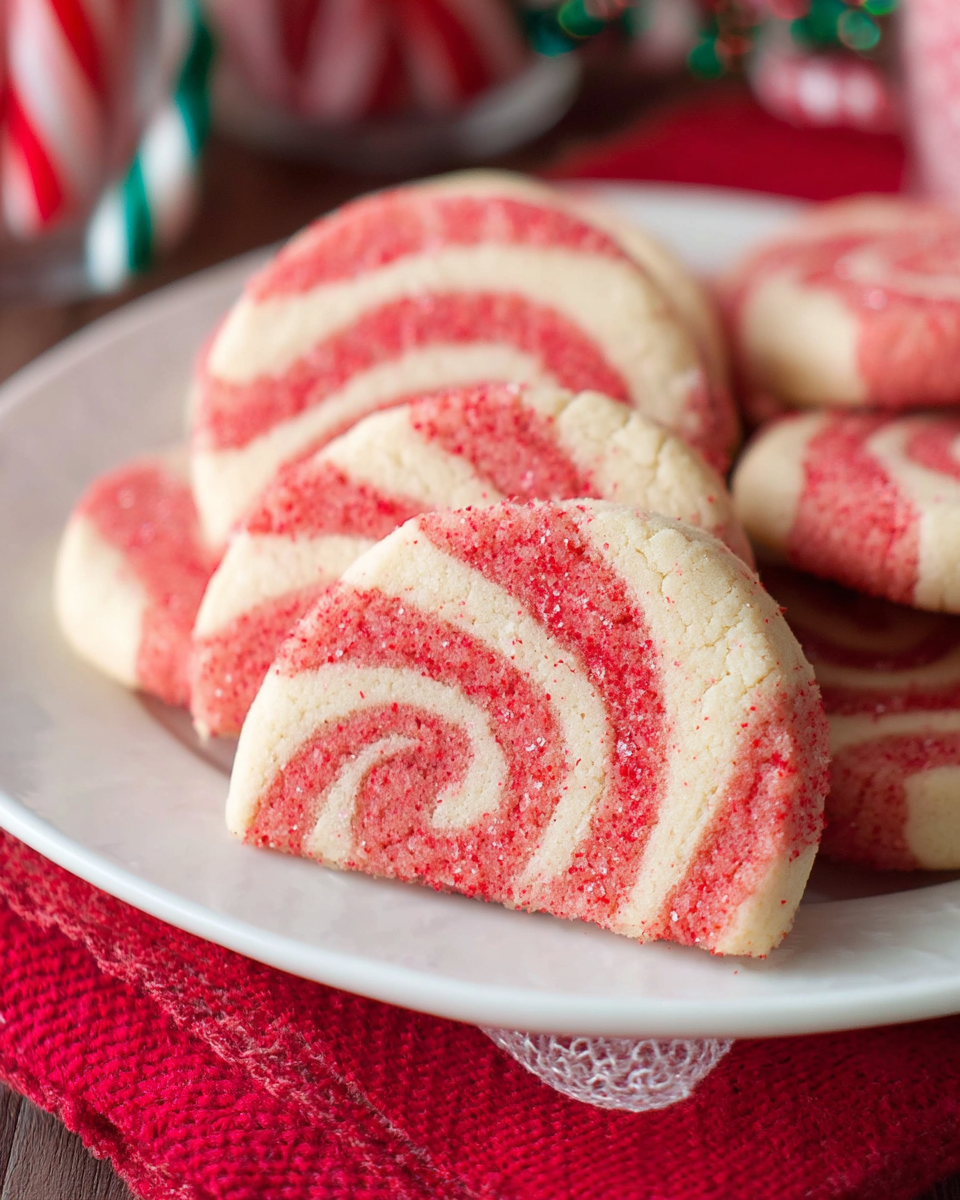Introduction
Caramel pudding and soft cake bring a sense of nostalgia, evoking memories of family gatherings and cherished moments. These two comforting desserts complement each other beautifully, creating a harmonious balance of textures and flavors. The silky smoothness of caramel pudding paired with the light, airy softness of cake is truly irresistible.
Making these treats at home not only enhances your culinary skills but also allows you to tailor them to your taste. Imagine the satisfaction of serving a rich, creamy pudding alongside a flawless soft cake, both crafted with love from your own kitchen. Let’s embark on this delightful baking journey!
Ingredients
- 1 cup granulated sugar
Sugar is essential for both the caramel and the cake. In caramel, it transforms into a rich, golden-hued syrup that adds depth of flavor. In the cake, it contributes sweetness and aids in achieving a soft texture. - 6 large eggs (room temperature)
Eggs provide structure and moisture, essential for both the pudding and cake. They help bind the ingredients together while also adding richness, necessary for a tender crumb. - 2 cups whole milk
Milk adds creaminess and a velvety texture to the pudding. For the cake, it hydrates the dry ingredients, ensuring a soft and tender cake. - 1/4 cup unsalted butter (melted)
Butter contributes flavor and moisture, making the pudding luscious and the cake rich. The fats in butter also help create a tender crumb and enhance the overall mouthfeel. - 1 teaspoon vanilla extract
Vanilla enhances all the flavors in both desserts, offering a warm, aromatic quality. It’s a simple addition that elevates the overall taste experience. - 1 1/2 cups all-purpose flour
Flour provides structure to the cake. The balance between flour and the other ingredients is crucial for the right density, ensuring the cake remains soft and airy. - 1 tablespoon baking powder
Baking powder is a leavening agent that helps the cake rise, creating a light and fluffy texture. Proper measurement is key to achieving the desired height. - 1/2 teaspoon salt
Salt enhances flavor and balances sweetness, making both the pudding and cake more delicious. It also helps strengthen the gluten in the flour, contributing to the cake's structure.
Directions & Preparation
Step 1: Prepare the caramel.
Start by melting the sugar in a heavy-bottomed saucepan over medium heat. Stir gently until it turns into a deep amber color. This step is crucial because the caramel needs to reach the right temperature for optimal flavor without burning. Keep an eye on it as it can quickly go from perfect to burnt.
Step 2: Pour the caramel into the mold.
Once the caramel has reached the desired color, quickly pour it into a malleable mold, tilting it to coat the bottom evenly. This creates a beautiful caramel topping for the pudding. Allow it to cool and set while you prepare the other components. If left too long, it can harden, making it difficult to spread.
Step 3: Make the pudding mixture.
In a bowl, whisk together eggs, milk, melted butter, and vanilla. Combine these ingredients thoroughly to ensure a smooth mixture. This step is important for the consistency of the pudding, as any lumps will affect the final texture. Pour the mixture over the caramel in the mold.
Step 4: Bake the pudding in a water bath.
Place the mold in a shallow baking dish filled with hot water and bake at 350°F for about 50-60 minutes. The water bath helps cook the pudding gently, preventing it from curdling. Look for a slight jiggle in the center to determine doneness.
Step 5: Cool the pudding before removing it from the mold.
After baking, let the pudding cool in the water bath for 10 minutes before transferring it to room temperature. This resting period allows it to set properly, making it easier to unmold. If you rush this step, the pudding may break apart.
Step 6: Prepare the soft cake batter.
In a separate bowl, whisk together flour, baking powder, and salt. In another large bowl, beat the eggs and sugar until fluffy. Gradually add melted butter and milk, and mix until just combined. This method helps create a light texture by incorporating air into the mixture.
Step 7: Fold in the dry ingredients.
Gently fold the dry mixture into the wet mixture until no flour streaks remain. Be careful not to overmix, as this can lead to a denser cake. The goal is a light and airy batter that will produce a soft cake.
Step 8: Bake the soft cake.
Pour the cake batter into a greased baking pan and bake at 350°F for about 25-30 minutes or until golden brown. This moment is critical; ensure you check for doneness with a toothpick in the center—if it comes out clean, the cake is ready.
Step 9: Combine the pudding and soft cake when ready.
Once both desserts are cooled, serve a slice of soft cake with a generous portion of caramel pudding on top or on the side. This combination offers a delightful mix of textures and flavors, making it a perfect dessert to impress your loved ones.

Caramel Texture Magic
The key to achieving a perfect caramel pudding lies in the caramelization of sugar. When sugar melts and cooks, it transforms into an exquisite syrup with complex flavors. The precise timing and temperature during this process create that gorgeous golden hue and depth of taste. Understanding this stage is essential, as burning can easily spoil the entire dessert.
The Science of Soft Cake
Baking a soft cake is as much an art as it is a science. The balance between dry and wet ingredients plays a vital role in the texture. Just the right amount of mixing allows for a batter that is light yet cohesive, ensuring a cake that rises beautifully while remaining tender. This delicate balance is what makes the final product so enjoyable.
Serving Suggestions for Success
When presenting your caramel pudding and soft cake, consider garnishing with fresh fruits or nuts to enhance both visual appeal and flavor. A sprinkle of sea salt on the pudding can accentuate the sweetness of the caramel, while whipped cream adds a luxurious touch to the presentation. These finishing touches not only look great but elevate the dessert experience.
FAQs
What can I do if my caramel is too hard?
If your caramel hardens too much, you can gently reheat it in a saucepan with a splash of water until it softens. Stir until smooth before using it.
How do I know if my pudding is done baking?
The pudding is done when it has a slight jiggle in the center and is set around the edges. A toothpick inserted should come out mostly clean, indicating it's cooked through.
What should I do if my soft cake is too dense?
If your cake turns out dense, it might be due to overmixing the batter or using too much flour. Ensure you carefully fold the dry ingredients to retain air.
Can I make a chocolate version of this cake?
Absolutely! You can substitute a portion of the flour for cocoa powder, although be aware this may alter the texture slightly. Experiment carefully to create a balanced batter.
What if my pudding separates while baking?
If the pudding separates, it may be due to overcooking or too high heat. Ensure your oven temperature is accurate and consider baking it at a lower temperature next time.
How can I enhance the caramel flavor without making it overly sweet?
To enhance caramel flavor without increasing sweetness, consider adding a pinch of salt or a splash of coffee or espresso to create a richer profile.
Conclusion
Creating caramel pudding and soft cake is a fulfilling endeavor that not only delights the taste buds but also offers the joy of culinary creativity. Each step leads to a delicious outcome, full of texture and rich flavors.
By practicing these techniques and understanding the balance of ingredients, you'll develop skills that can be applied to many other recipes. So, gather your ingredients and embrace the art of baking; your kitchen is about to become a haven of sweet delights!
Recipe Card

Warm and Cozy Fall Dinner Ideas for Home Cooks
Ingredients
- 2 lbs butternut squash peeled and cubed
- 1 lb Brussels sprouts trimmed and halved
- 1 lb ground turkey or chicken
- 1 cup quinoa rinsed
- 1 cup vegetable broth
- 2 tsp sage dried
- 1 tbsp olive oil
- Salt and pepper to taste
Instructions
- Preheat your oven to 400°F (200°C).
- Toss butternut squash and Brussels sprouts in olive oil, salt, and pepper.
- Spread the vegetables on a large baking sheet and roast for 25-30 minutes.
- While the vegetables roast, cook quinoa using vegetable broth.
- In a skillet, cook ground turkey or chicken with sage, salt, and pepper over medium heat until browned.
- Once the turkey is cooked, combine it with the roasted vegetables and cooked quinoa in a large bowl.
- Serve warm, garnishing with additional sage if desired.
Notes
Additional serving suggestions: pair with a crisp salad, garlic bread, or roasted seasonal vegetables for balance.
For make-ahead, prep components separately and assemble just before heating to preserve texture.
Taste and adjust with acid (lemon/vinegar) and salt right at the end to wake up flavors.
